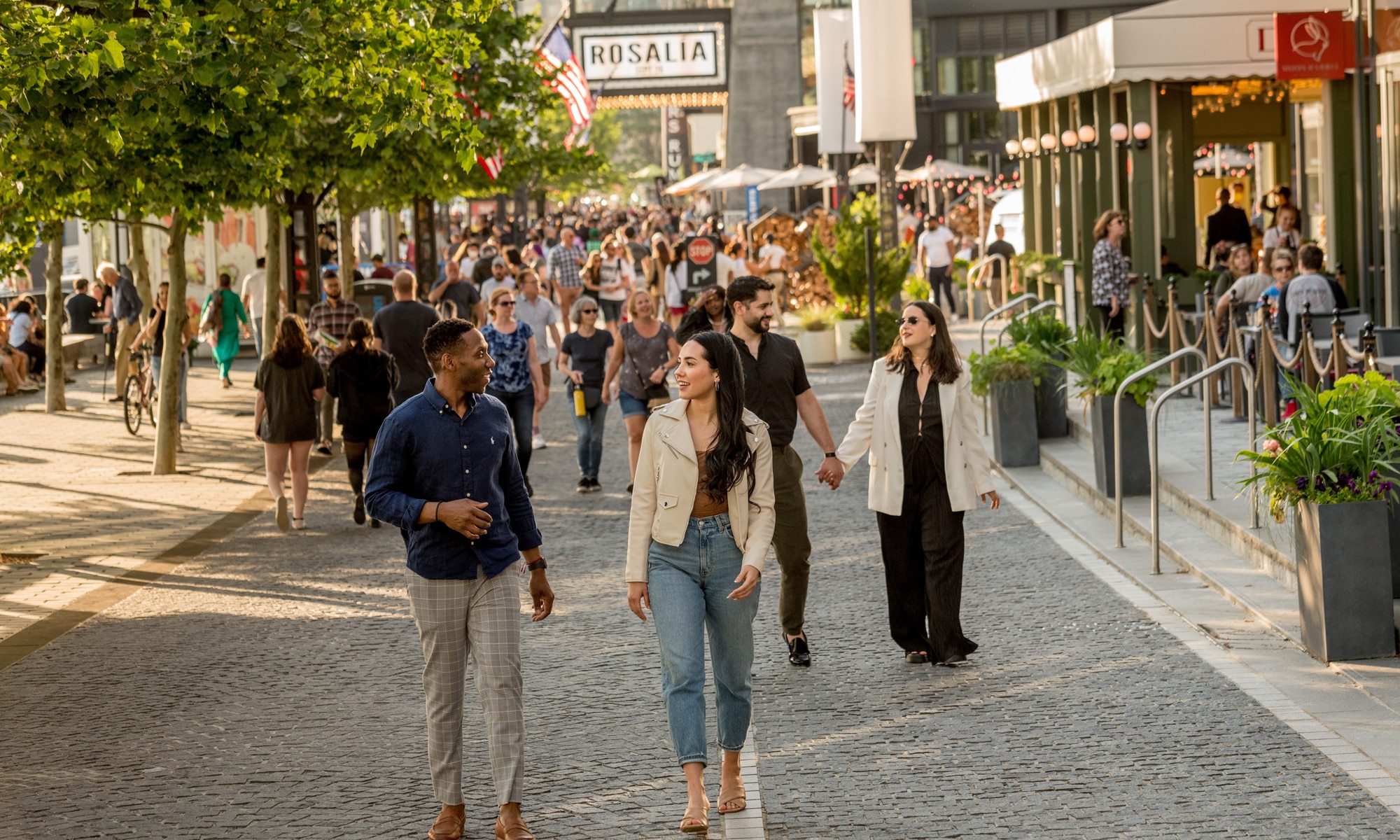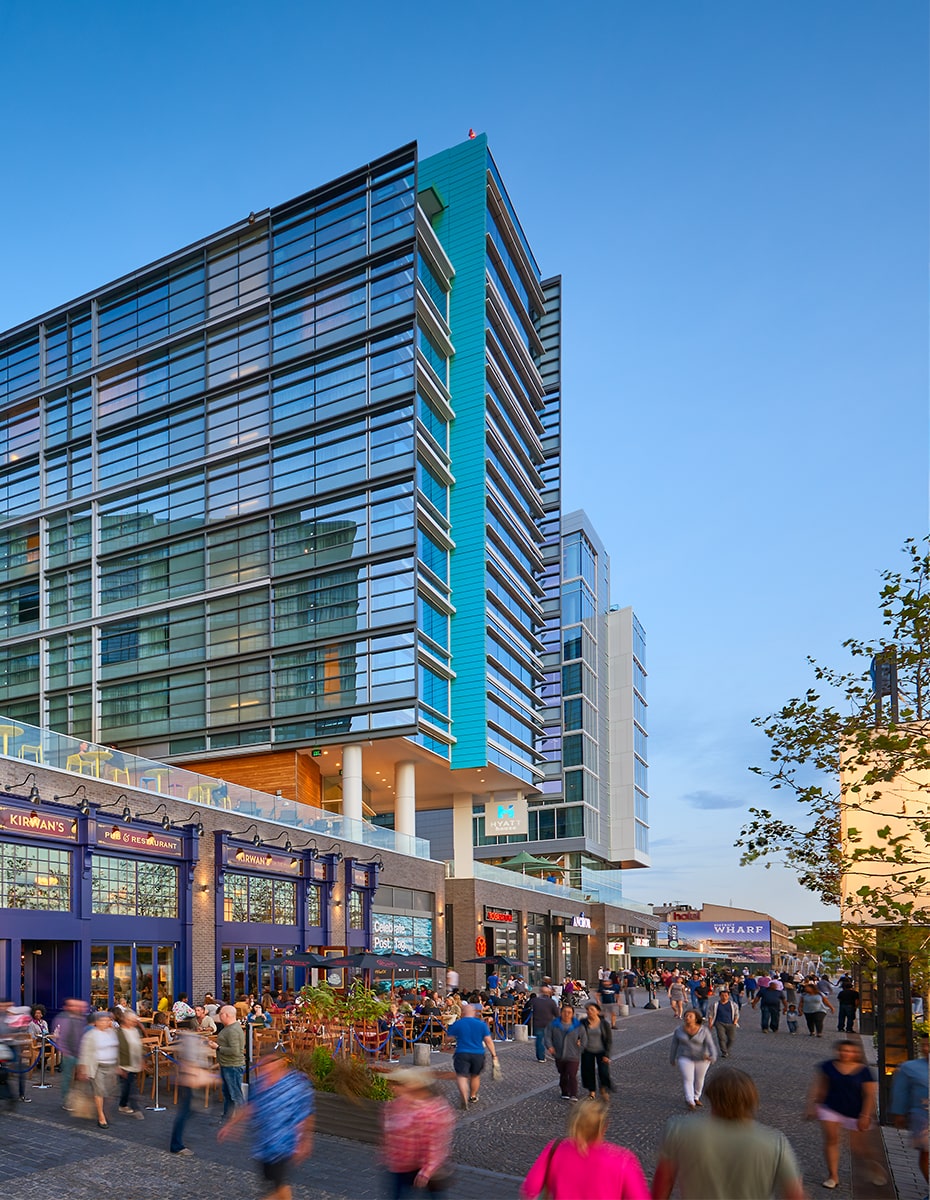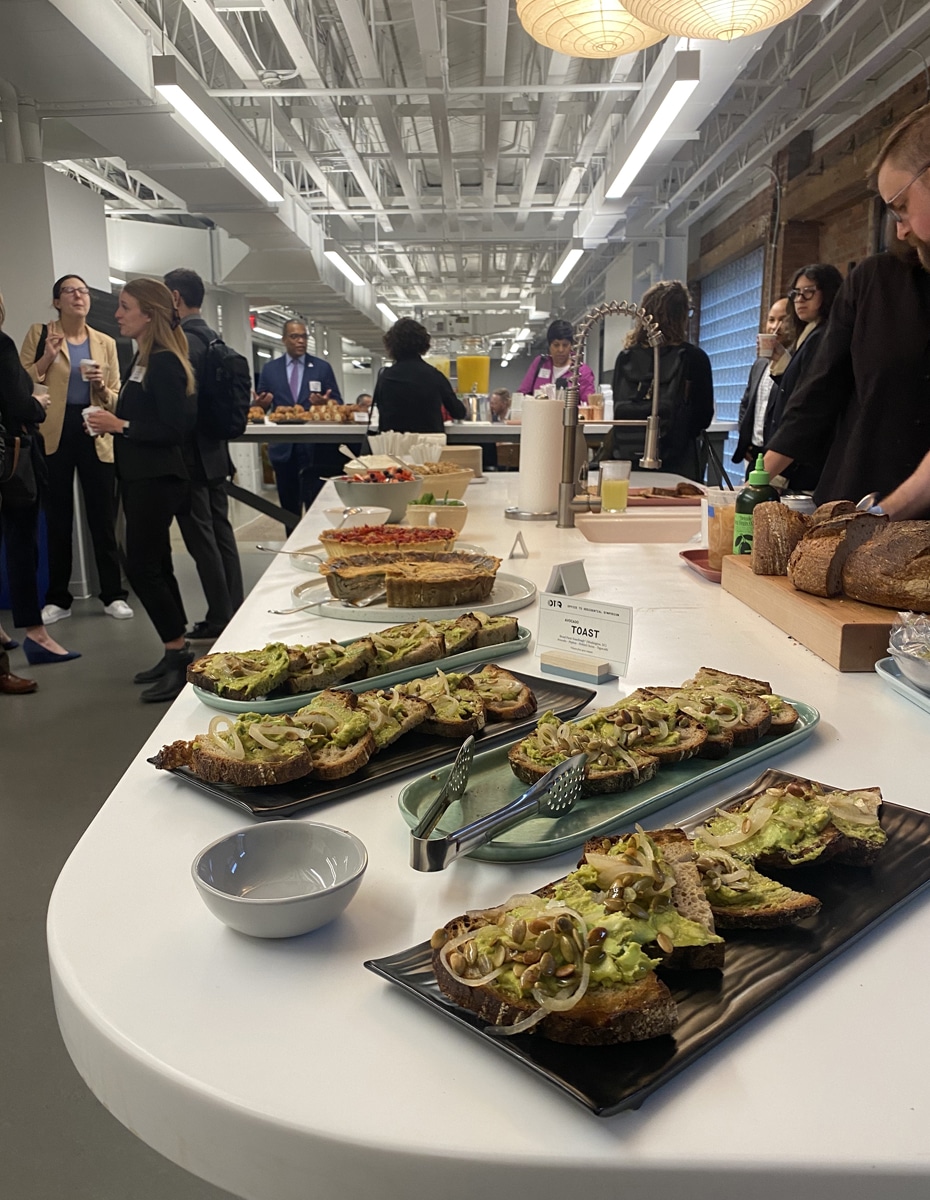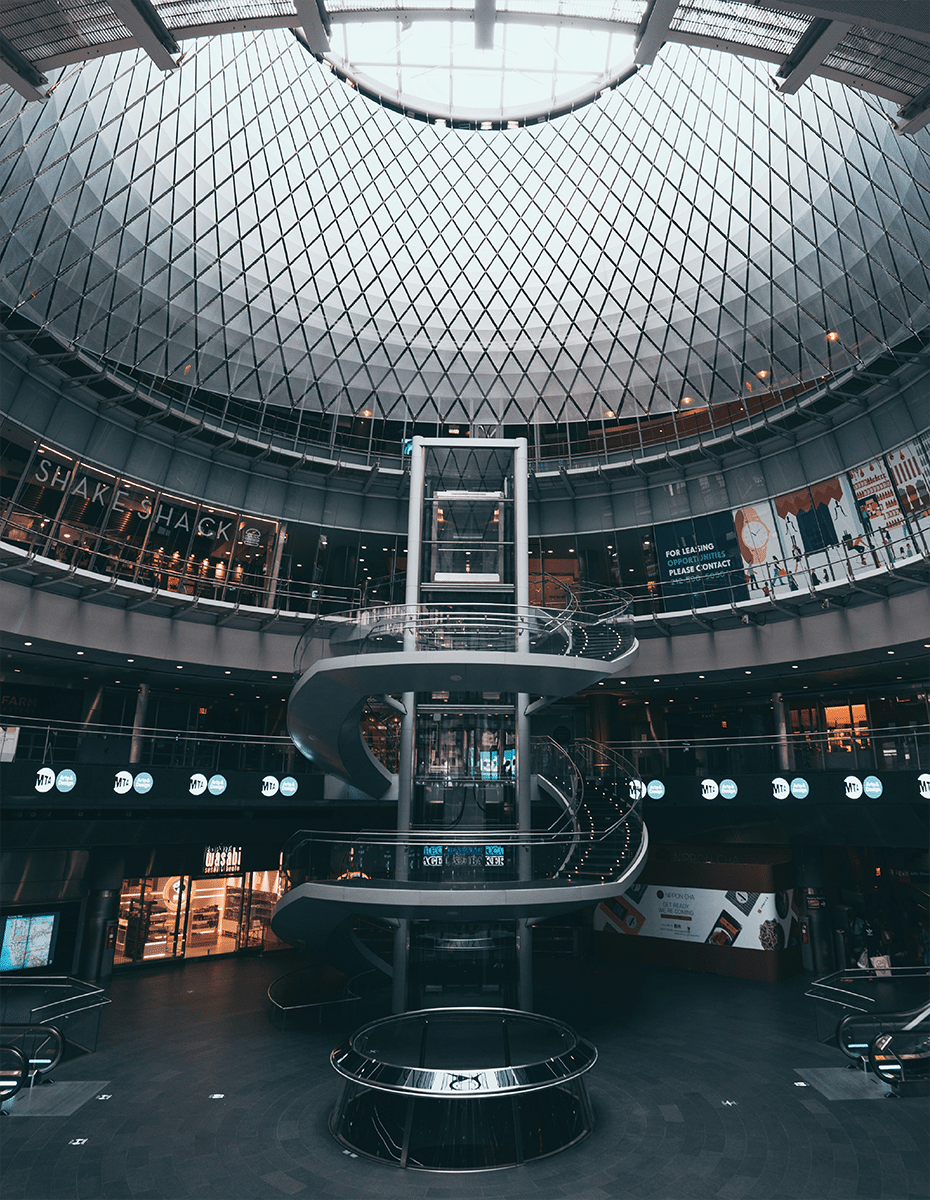In recent times, the conversation surrounding urban development has shifted dramatically. The once-thriving demand for office spaces has dwindled, giving rise to a novel approach: the conversion of office buildings into residential spaces. While this solution appears promising on the surface, the reality is far more complex. Merely changing the function of a building does not automatically breathe life into a neighborhood. To truly revitalize urban environments, we need to reimagine business districts as vibrant, livable neighborhoods, and the key to this transformation lies underfoot — on the sidewalks.
The Problem with Office-Centric Districts
Office districts are designed to cater to the needs of the working population, typically from 10 a.m. to 2:00 p.m. As a result, once the workday ends, these areas often become eerily quiet, lacking the vitality that defines a thriving community. Converting offices to residential spaces is just one piece of the puzzle. To make central business districts truly attractive for people to live, work, and play, we must focus on transforming these areas into vibrant neighborhoods.
The Public Realm as the Catalyst for Change
While only a fraction of people in these districts may enter the buildings, every single visitor interacts with the public spaces, streets and sidewalks. This presents a unique opportunity for real change. Rather than viewing sidewalks as mere pathways, we should consider them as the epicenter of community engagement. By reimagining and revitalizing the sidewalk experience, we can foster a sense of community and create a more meaningful connection with the end user.
Elements of Transformation
Greening of Sidewalks: Integrating greenery into the urban landscape can have a profound impact on the overall ambiance. Trees, plants, and other green elements not only enhance aesthetics but also contribute to a healthier, more sustainable environment. Greening sidewalks can be achieved through planters, tree-lined avenues, and vertical gardens, creating a refreshing contrast to the concrete jungle.
Seating Environments: Sidewalks should be designed as more than just pathways; they should be inviting spaces for people to gather, relax, and connect. Incorporating well-designed benches, public seating areas, and outdoor furniture can transform the sidewalk into a social hub, encouraging spontaneous interactions and fostering a sense of community.
Pocket Parks: Introducing small green spaces or pocket parks within business districts can serve as urban oases and places for gathering. These areas can provide respite from the hustle and bustle, creating environments for relaxation, recreation, and community events. In some cities, small open spaces have morphed into playgrounds for a growing family population. In others, dog parks have become important community gathering spaces and an amenity that reflects the increase in pet ownership both during and after COVID.
Sidewalk-Engaging Retail: Rethinking retail spaces to engage directly with the sidewalk can infuse energy into urban districts. Storefronts that open onto the sidewalk, outdoor markets, and pop-up shops create a dynamic streetscape, encouraging exploration and enhancing the overall pedestrian experience. Unfortunately, sidewalk activation is sometimes restricted by city codes that may limit the use of creative A-frame signs, sidewalk displays, or benches, which can offer depth and interest to a storefront and help improve the overall pedestrian experience.
Pedestrian-Centric Signage: Pedestrian signage in the form of blade signs or banner signs can be a powerful tool in retailers’ arsenal. It helps entice visitors to explore a street and helps get them into the store. Multiple signs on a street offers an enticing “breadcrumb” that can help pique the interest of pedestrians. In our work, we have found that signs can increase sales and pedestrian traffic by as much as 30%.
Human-Centric Building Design: Traditional architectural concepts often prioritize grounding the building, but a shift towards designs focused on people is essential for creating a sense of place. Elevations that encourage interaction, street-level activities, and pedestrian-friendly features can redefine the urban landscape, making it more appealing for residents and visitors alike.
Neighborhood-Serving Retail: The most critical amenity of all is neighborhood-serving retail — the convenience goods and services that are often needed immediately and cannot be ordered online —from places such as grocery stores, pharmacies, and coffee shops that serve as third places. Developers should have a keen interest in making sure that their ground floor spaces are amenity-rich environments, which includes retail offerings that serve not only their residents but can also support small business activity.
The Takeaway
Converting office buildings to residential spaces is a step in the right direction, but it’s not the panacea for transforming urban areas into livable neighborhoods. The true catalyst for change lies in the sidewalks and public spaces: the common ground that every visitor touches. By embracing innovative approaches to greening, seating, pocket parks, and retail engagement, coupled with human-centric building designs, we can reshape business districts into vibrant, inviting communities. It’s time to look beyond the buildings and focus on the sidewalks as the canvas for creating urban spaces that people not only inhabit but truly connect with.
The Streetsense place consulting team leverages strategic and creative advisory services to solve complex real estate issues that enhance the value of places—whether they are new mixed-use developments, assets facing challenges, vibrant districts, or captivating destinations.
Photos of The Wharf courtesy Hoffman-Madison Waterfront
BACK TO LATEST







